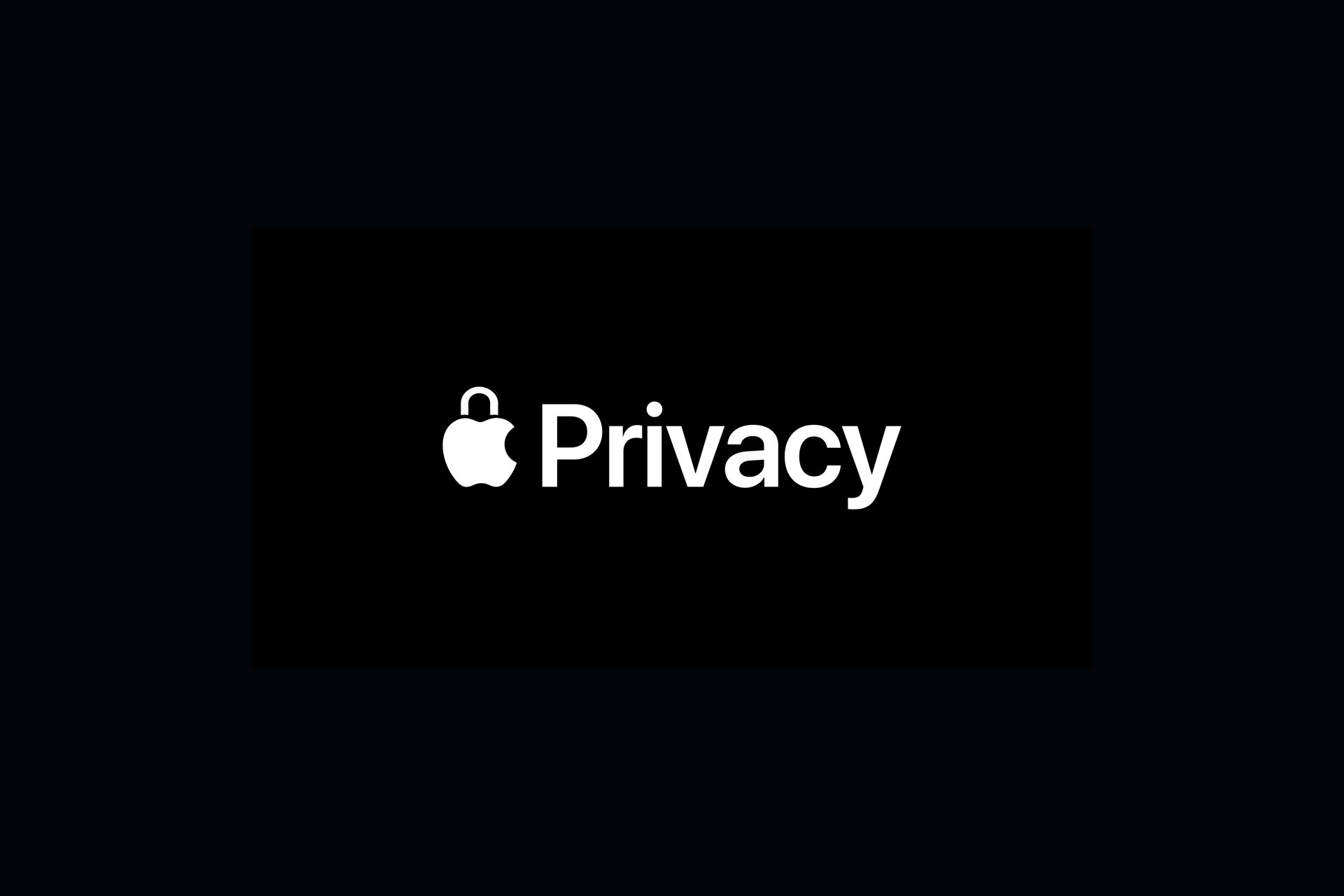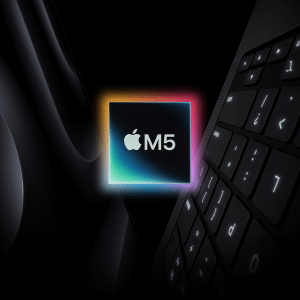Screen-reading malware refers to malicious software designed to exploit accessibility features intended for users with disabilities. These features allow apps to read on-screen content, such as text and controls, to provide auditory feedback for users with vision impairments. While these capabilities are vital for accessibility, they can be weaponized by malicious developers to extract personal data.

1. Exploitation of Accessibility APIs
Malicious apps can gain permission to use screen-reading functions by presenting themselves as helpful tools, such as note-taking apps or utilities for visually impaired users. Once granted access, these apps can monitor and capture on-screen activity, including login credentials, messages, and browsing history.
2. Targeting Sensitive Information
The primary goal of screen-reading malware is to extract valuable data. This can include:
- Passwords entered on websites or in apps
- Banking and payment information
- Personal messages and emails
By mimicking legitimate app behavior, these malicious programs can operate undetected until users notice unusual activity or security experts identify suspicious behavior.
Apple’s Response to the Screen-Reading Malware Incident
Apple’s decision to remove these apps highlights its ongoing commitment to safeguarding user privacy and security. Here’s a closer look at how Apple responded to the discovery of screen-reading malware.
1. App Store Security Review
Once Apple identified the threat, the affected apps were swiftly removed from the App Store. Apple also conducted a review of other apps that had requested similar accessibility permissions to ensure no further malicious activity was present.
This proactive approach reflects Apple’s zero-tolerance policy toward privacy breaches and malicious software.
2. Revoking Developer Access
Developers responsible for the malware were likely banned from the Apple Developer Program, preventing them from distributing new apps on the App Store. Apple has a history of taking decisive action against developers who violate its guidelines, particularly when user privacy is at risk.
3. Enhancing App Review Protocols
In light of this incident, Apple may enhance its app review process to better detect misuse of accessibility features. This could include stricter scrutiny of apps requesting screen-reading permissions and more frequent audits of apps already on the App Store.
How Apple’s Privacy and Security Measures Are Evolving
Apple has long positioned itself as a leader in privacy, emphasizing features like on-device data processing, app tracking transparency, and end-to-end encryption. The discovery of screen-reading malware underscores the importance of continuously evolving these measures.
1. Strengthening Accessibility Safeguards
Apple may introduce additional security measures to prevent unauthorized use of accessibility APIs. For example, apps could be required to justify their use of screen-reading permissions during the app submission process, with stricter enforcement of privacy guidelines.
2. On-Device Privacy Monitoring
Apple’s operating systems already include privacy indicators, such as the green and orange dots that alert users when an app accesses the camera or microphone. Expanding this feature to notify users when screen-reading functions are in use could further enhance transparency and user control.
3. App Privacy Reports
Introduced in iOS 15, App Privacy Reports allow users to see how apps handle their data, including which permissions are being used. By making these reports more detailed and user-friendly, Apple can empower users to make informed decisions about app permissions.
How Users Can Protect Themselves from Screen-Reading Malware
While Apple has taken steps to mitigate the threat, users can also take precautions to reduce the risk of malware infections. Here are some best practices for safeguarding personal data.
1. Be Cautious About App Permissions
Before granting apps access to sensitive features like screen-reading, users should evaluate whether the app genuinely needs those permissions. If an app’s request seems excessive or unrelated to its core functionality, it’s best to deny access.
2. Regularly Review Installed Apps
Periodically reviewing installed apps and their permissions can help users identify potentially harmful software. Removing apps that are no longer in use or that raise privacy concerns is a simple but effective security measure.
3. Keep Devices Updated
Apple frequently releases security updates to address vulnerabilities and improve protection against malware. Ensuring that your iPhone, iPad, or Mac is running the latest version of iOS, iPadOS, or macOS is crucial for staying secure.
Apple’s Privacy Reputation and Industry Impact
Apple’s swift removal of screen-reading malware demonstrates its ongoing commitment to privacy, but incidents like this can still impact public trust. As Apple continues to promote privacy as a core value, the company must remain vigilant against evolving threats.
1. Balancing Accessibility and Security
Apple faces the challenge of balancing robust security measures with accessibility needs. Overly restrictive policies could hinder app developers from creating valuable tools for users with disabilities, while lax oversight could leave users vulnerable to attacks.
2. Influencing Competitor Strategies
Apple’s actions often set trends within the tech industry. By enhancing app security protocols, Apple may encourage competitors like Google and Microsoft to adopt similar measures in their own app stores. This can lead to broader improvements in mobile app security across platforms.
3. Reinforcing Apple’s Brand Identity
Apple has built its brand around user privacy, often highlighting it as a differentiator from competitors. Maintaining this reputation requires constant innovation in security and privacy technologies, as well as transparent communication with users about potential risks.
The Future of App Store Security
As cybercriminals develop increasingly sophisticated tactics, Apple will need to stay ahead of potential threats to maintain the integrity of the App Store.
1. AI and Machine Learning for Malware Detection
Apple could leverage machine learning algorithms to detect unusual app behavior more effectively. By analyzing patterns in app activity, AI systems can flag potential malware before it becomes a widespread threat.
2. Developer Education and Accountability
Educating developers on best practices for security and data privacy can help prevent accidental misuse of sensitive APIs. Apple may also introduce stricter penalties for developers who violate security guidelines, reinforcing accountability within the Developer Program.
3. Continuous App Monitoring
In addition to the initial app review process, Apple could implement continuous monitoring of apps on the App Store. This would allow the company to identify and respond to emerging threats more quickly.
By taking decisive action after discovering malicious apps, Apple removed screen-reading malware to protect its users from data theft. While this incident highlights the ongoing challenges of maintaining app security, it also underscores Apple’s commitment to evolving its privacy measures.
As Apple enhances its app review protocols and privacy features, users can continue to trust that their data remains secure in the Apple network. However, vigilance from both Apple and its users will remain essential in the fight against cyber threats.







